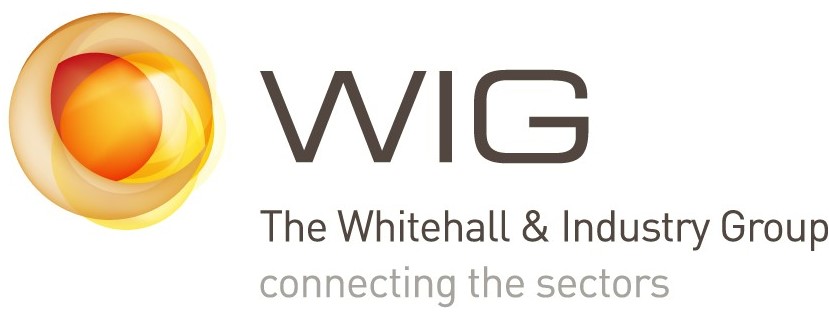Diversity and Inclusion is a tricky subject; not so much in concept as execution. In our role as a neutral convener, WIG is not advocating how to address it, but we have identified it as a challenge that sits firmly on the agenda of our cross-sector membership. We discuss the issues covered below, and more, in our upcoming Diversity & Inclusion Conference on 3 March 2022.
Two reasons for embedding D&I at the heart of an organisation are generally accepted, the moral imperative and the improvement to performance diversity & inclusion brings. In combination, this has meant a steady movement from regarding D&I as ‘a virtuous thing to do’ to seeing it as both a virtuous thing and a business imperative. Anyone’s dream team would seek to accommodate as many perspectives and ways of thinking as possible. Studies support this position. McKinsey & Company found that companies with greater gender or racial and ethnic diversity are more likely to enjoy financial returns in excess their national industry average. A Forbes study of 321 global enterprises has found an overwhelming consensus that diversity is a vital element in generating innovation. To create diversity of thought, one needs diversity of people. But they also need to stick around, be heard, included, developed and promoted - which means equality. Diversity isn’t a ‘bolt-on’ facility, but part of the fabric; it is not a ‘they’ at all, but an ‘us’.
There is the clear avoidance of discrimination against 'protected characteristics' (under the Equality Act) such as race, gender, sexual orientation and disability. However, these categories aren’t as obvious as they appear. For instance, neurodiversity refers to the different ways that people’s brains work and interpret information, including those with autism, dyslexia and dyspraxia. Many neurodivergent people have advanced abilities, for instance some conditions can bestow particular skills in pattern recognition, creative problem solving, memory and mathematics. Nevertheless, autistic people have significantly lower employment rates compared to those in any other disability category; only 16% of diagnosed autistic adults are thought to be in full-time work.
Not surprisingly, the focus continues on gender equality, which together with race is agreed as the most prominent and egregious mismatch in the workplace. Lord Davies' recent gender equality report recommends 33% women on the boards of FTSE 100 companies by 2020 and the government’s public appointments diversity action plan (1000 appointments to 500 boards a year) has public targets of 50% women and 14% people of ethnic minority background. Figures for those in post in March 2018 were 43% women, 10% ethnic and 5% disabled. Although below target, these figures are higher than numbers across the sectors as a whole.
Performance against targets is an indication of progress, but not universally popular. Targets appear in some cases to endanger the principle around the ‘best person for the job’ performance imperative. However, some point out that given the split in the population, statistically speaking, percentages around talent must reflect the reality around under-represented groups and therefore tell their own story. In terms of strategies, the public appointments diversity action plan mentioned above is not alone in focusing on: data (‘measure what you treasure’), values, raised awareness and improved recruitment. One of the most significant challenges to the last two is unconscious bias.
In her 2017 review, ‘Race in the Workplace’, Baroness McGregor-Smith described unconscious bias as ‘much more pervasive and more insidious than the overt racism that we associate with the 1970s’. Widely advocated unconscious bias training (UBT) is also not free from controversy, with some even suggesting it could be counter-productive. Last year the Equality and Human Rights Commission published a research paper on unconscious bias and concluded it can be effective for reducing implicit bias, but it is unlikely to eliminate it; nor is it generally effective in reducing explicit bias (which of course it isn’t designed to do). The report suggests UBT should be treated as just one part of a comprehensive strategy for achieving a reduction in bias. Broader mitigation strategies must support the process. These strategies can include: blind review in selection and assessment, more inclusive recruitment language and targeting, leveraging role-models, reverse mentoring, organisational structures, policies and procedures.
It goes without saying that different organisations are coming to diversity and inclusion in different ways. Such is the fundamental nature of the shift: it has to be addressed and approached in a way that will perpetuate. There are those who would contend that for reasons of culture, complexity and size, this is a slower build for some. Others suggest organisations aren’t showing sufficient commitment and the facts will make this public. Nevertheless, given both the moral imperative and the gains through performance, the issue becomes how, and how quickly.
Embedding diversity and inclusion in the workforce is a challenge that all of our members across the sectors are facing together. Our annual Diversity & Inclusion Conference on 3 March still has virtual passes available for purchase.
Written by
Originally published: 25 July 2019

